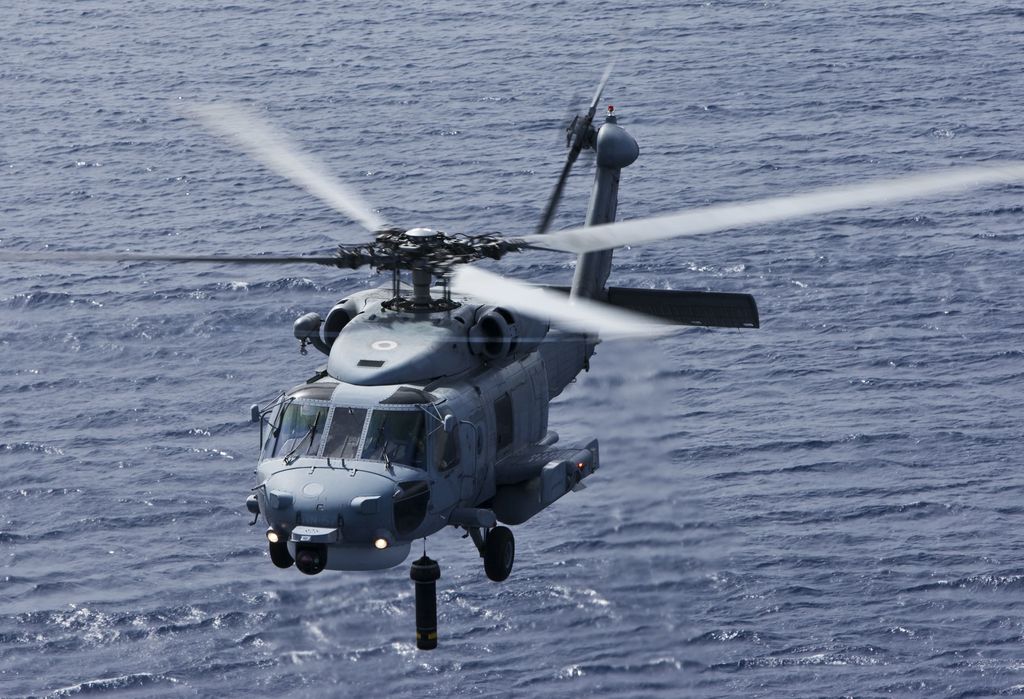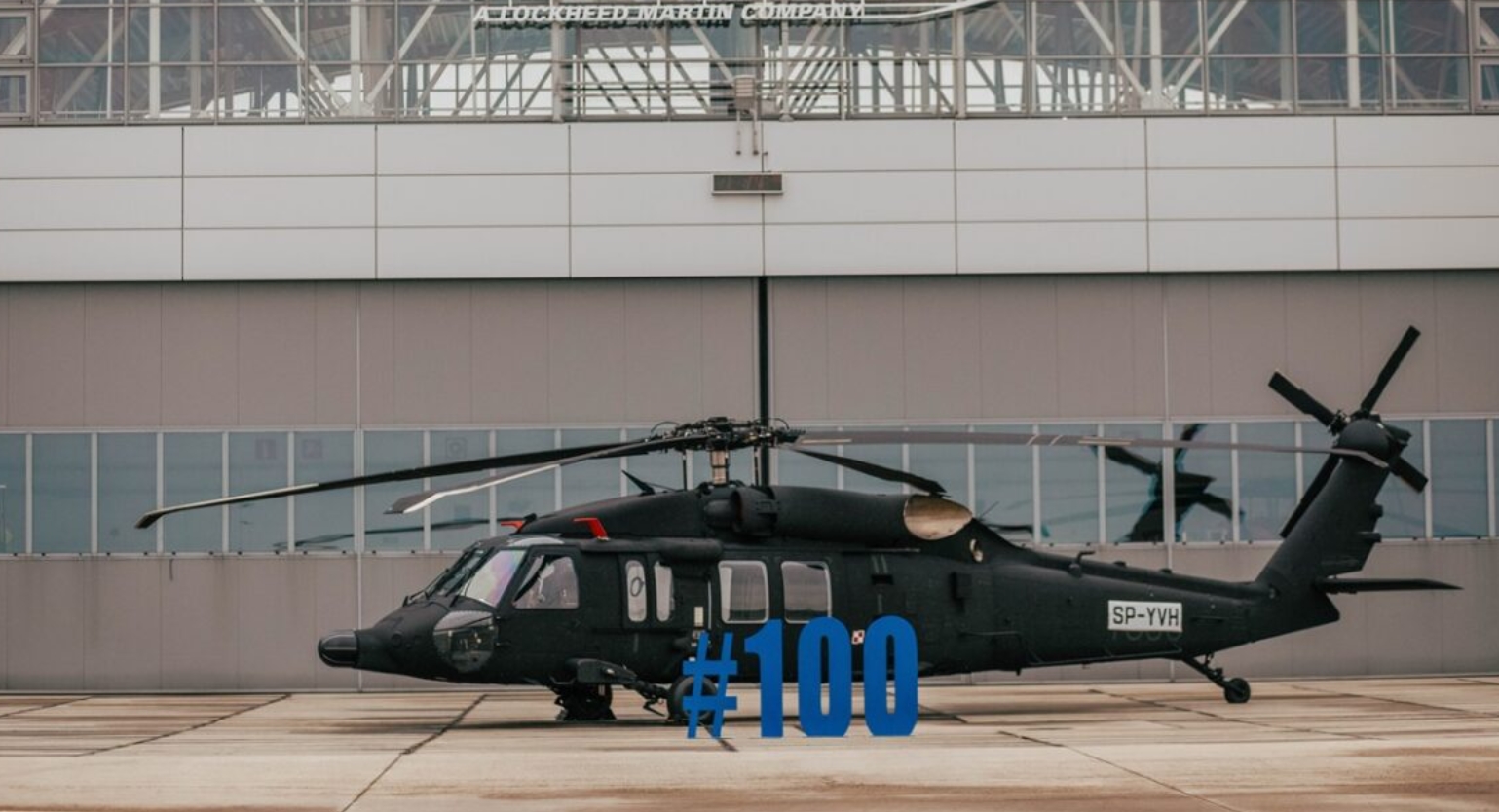How the Sikorsky S 70 Stands Out in the Helicopter Industry
How the Sikorsky S 70 Stands Out in the Helicopter Industry
Blog Article
High-Performance Multi-Role Rotorcraft Featuring Advanced Cockpit Technologies and Integrated Sensor Solutions
The realm of rotorcraft innovation has actually seen noteworthy improvements in current times, specifically in the realm of high-performance multi-role rotorcraft outfitted with innovative cockpit modern technologies and effortlessly integrated sensing unit systems. In the following conversation, we will certainly explore the advancement of rotorcraft technology, dive right into the realm of innovative cockpit technologies, and analyze the implications of incorporated sensing unit systems on the operational flexibility and performance of modern rotorcraft.
Development of Rotorcraft Modern Technology
The development of rotorcraft modern technology has actually been marked by considerable innovations in aerodynamics, materials, and propulsion systems, forming the capacities and performance of modern-day rotorcraft. Wind resistant improvements have actually enhanced the effectiveness and ability to move of rotorcraft, enabling for raised rate, agility, and stability during flight (sikorsky s 70). Advancements in products, such as using composite products and progressed alloys, have actually brought about lighter yet stronger rotorcraft frameworks, improving overall performance and longevity. Additionally, improvements in propulsion systems, consisting of extra powerful engines and innovative propulsion modern technologies, have actually made it possible for rotorcraft to achieve greater elevations, faster rates, and better hauls.
These improvements have not only transformed the capacities of rotorcraft yet have actually likewise expanded their applications throughout various industries, including army, industrial, and emergency situation services. The continuous evolution of rotorcraft innovation remains to drive advancement in the area, pushing the boundaries of what is possible and shaping the future of vertical trip.
Advanced Cockpit Innovations
Building upon the fundamental improvements in aerodynamics, products, and propulsion systems, the realm of rotorcraft modern technology now changes focus in the direction of pioneering Advanced Cockpit Innovations. The assimilation of advanced modern technologies within the cockpit setting plays an essential function in boosting the functional capabilities, safety, and effectiveness of modern rotorcraft. sikorsky s 70. Advanced Cockpit Innovations incorporate a broad selection of features created to provide pilots with improved situational recognition, streamlined data monitoring, and intuitive control user interfaces
Among the key innovations in cockpit layout is the implementation of glass cabins, which change conventional analog assesses with high-resolution displays. These digital systems use personalized layouts, real-time data combination, and enhanced readability, making it possible for pilots to access important information at a glance. Progressed avionics systems, such as fly-by-wire controls and augmented truth display screens, are revolutionizing just how pilots connect with the airplane, allowing for accurate control and improved decision-making capacities.


Incorporating sophisticated cockpit innovations not only improves pilot performance however also adds to total objective effectiveness and safety in intricate operational environments. By leveraging state-of-the-art modern technologies within the cabin, rotorcraft producers are setting brand-new standards for functional excellence and mission success.
Integrated Sensor Systems
With the advancement of rotorcraft innovation, the integration of sophisticated Integrated Sensor Equipment has come to be vital in enhancing functional efficiency and safety and security. These Integrated Sensor Equipments include a vast variety of technologies that supply vital data for numerous functions such as navigating, surveillance, targeting, and environmental surveillance. By seamlessly integrating sensing units like radars, cameras, lidar, why not look here and infrared systems right into rotorcraft, drivers can benefit from enhanced situational recognition, enhanced objective capacities, and reduced pilot work.
One trick advantage of Integrated Sensing unit Solutions is their ability to collect real-time information and provide actionable insights to pilots and objective drivers. For instance, advanced radar systems can spot and track targets over long ranges, permitting early risk discovery and reliable response planning. Additionally, integrating infrared and electro-optical electronic cameras enables rotorcraft to conduct reconnaissance and monitoring objectives with precision and precision.
In significance, the assimilation of cutting-edge sensor technologies into rotorcraft not only improves operational efficiency but also contributes considerably to general objective success and team security. As rotorcraft remain to develop, the function of Integrated Sensing unit Solution will unquestionably stay at the leading edge of advancement in the aerospace sector.
Functional Convenience and Performance
Enhancing functional convenience and effectiveness in rotorcraft is a natural progression from the assimilation of innovative Integrated Sensing unit Solutions. By leveraging the understandings and data supplied by these sophisticated sensing unit systems, rotorcraft can optimize their performance across numerous goals and environments.
Operational flexibility includes the capability of rotorcraft to adapt to various functions and scenarios successfully. With sophisticated cabin technologies and integrated sensing unit systems, rotorcraft can perfectly shift between tasks such as search and rescue, medical evacuation, surveillance, and much more. This convenience improves the rotorcraft's capability to meet diverse functional requirements without calling for substantial reconfiguration.
Performance in rotorcraft operations is essential for taking full advantage of objective efficiency and source utilization. Integrated sensor systems play a critical duty in improving functional performance by offering real-time data on climate condition, surface mapping, target tracking, and more. This data enables pilots to make enlightened decisions swiftly, optimize flight courses, conserve gas, and enhance overall objective productivity.
Influence On Modern Aviation Procedures

Furthermore, the assimilation of advanced sensing units facilitates boosted mission preparation and execution, enabling rotorcraft to execute a wide variety of tasks with boosted precision. From search and rescue operations to airborne firefighting and legislation enforcement missions, the capabilities of modern-day rotorcraft outfitted with advanced cabin modern technologies and incorporated sensor systems are unrivaled.
Furthermore, the effect of these improvements expands beyond operational performance to cost-effectiveness and sustainability. By maximizing trip routes, gas consumption, and upkeep routines, high-performance rotorcraft furnished with innovative cockpit innovations and sensing units add to decreasing operational prices and environmental influence, making them essential properties in modern air travel procedures.
Final Thought
In verdict, the high-performance multi-role rotorcraft with innovative cockpit modern technologies and integrated sensing unit systems stands for a significant evolution in aeronautics innovation. These technologies boost operational versatility and effectiveness, eventually influencing modern-day aviation procedures in a favorable means. The assimilation of these sophisticated innovations permits boosted capabilities and efficiency in various mission circumstances, showcasing the continued development of rotorcraft innovation in the air travel market.
The realm of rotorcraft technology has actually seen noteworthy advancements in current times, especially in the world of high-performance multi-role rotorcraft geared up with advanced cabin technologies and effortlessly incorporated sensor systems. From boosted objective convenience to boosted operational effectiveness, the merging of innovative cockpit technologies and integrated sensing unit systems has ushered in a new period of possibilities for rotorcraft applications. In the following discussion, we great site will certainly discover the advancement of rotorcraft modern technology, dive right into the world of advanced cockpit innovations, and take a look at the implications of integrated sensing unit systems on the operational versatility and performance of modern-day rotorcraft.

Report this page